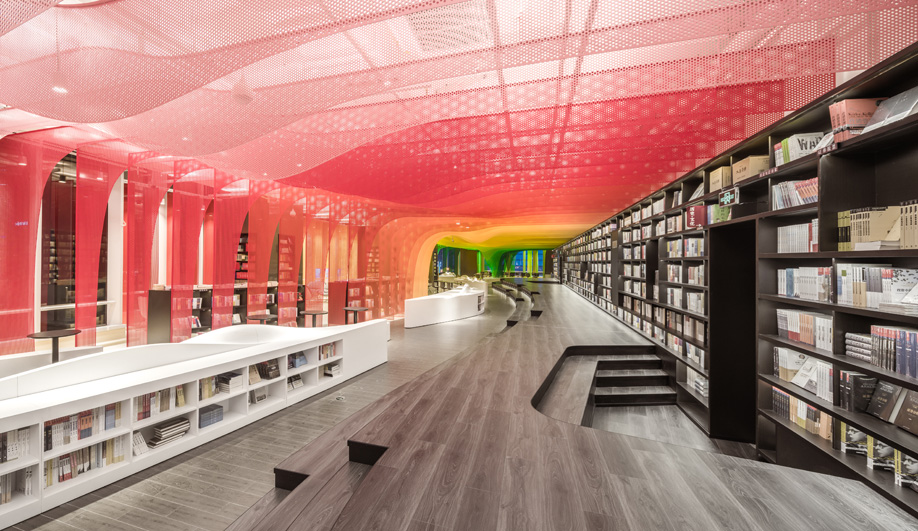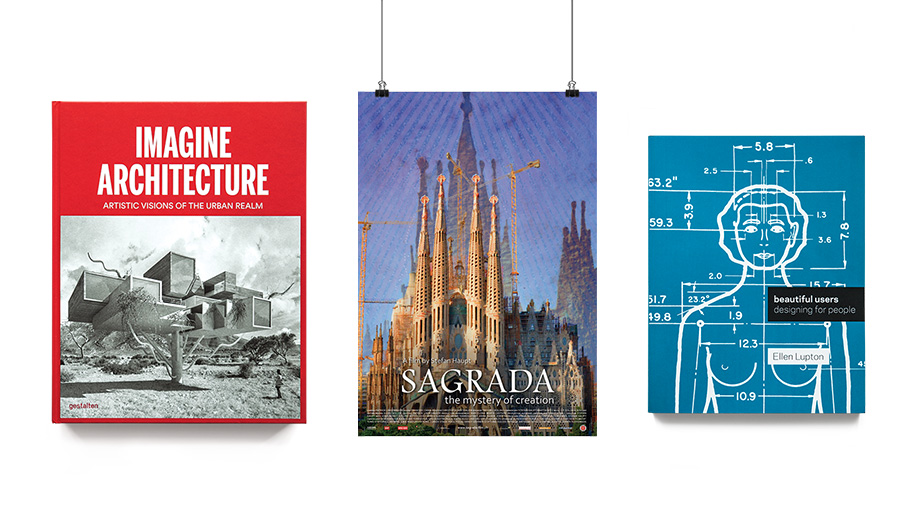
A book on fantasy architecture, a documentary on Antoni Gaudí’s most famous building and a survey of ergonomic design to go with the Cooper Hewitt’s Beautiful Users exhibition, which ends April 21.
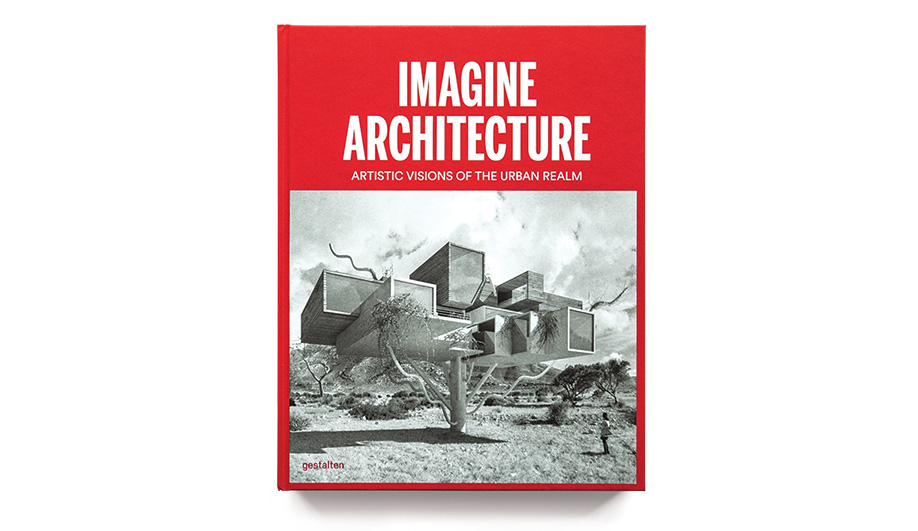
Imagine Architecture: Artistic Visions of the Urban Realm
Book by Lukas Feireiss and Robert Klanten
Gestalten (hardcover, 240 pages)
As the title suggests, this volume presents visions that blur the lines between reality and fantasy, drawing from the portfolios of nearly 100 international artists and architects to offer a fascinating glimpse of their imaginary worlds. Lush full-page images are divided into four themes (The House, The Tower, The City and The Ruin), which, as curator Lukas Feireiss describes in his introduction, speak to “our individual and collective inner lives.” The works range from illustrations and gallery installations to built projects in a wide variety of media: Modernist sandcastles, elaborate fabric cities that inhabit suitcases, even a London facade that creates the illusion of an upside-down building. Each is accompanied by a concise description of its creator’s process, with insightful quotes that reveal unique perspectives on the urban environment. Taken as a whole, they ultimately convey, as Feireiss says, “the transformative and speculative quality of the architectural image.” By Popi Bowman
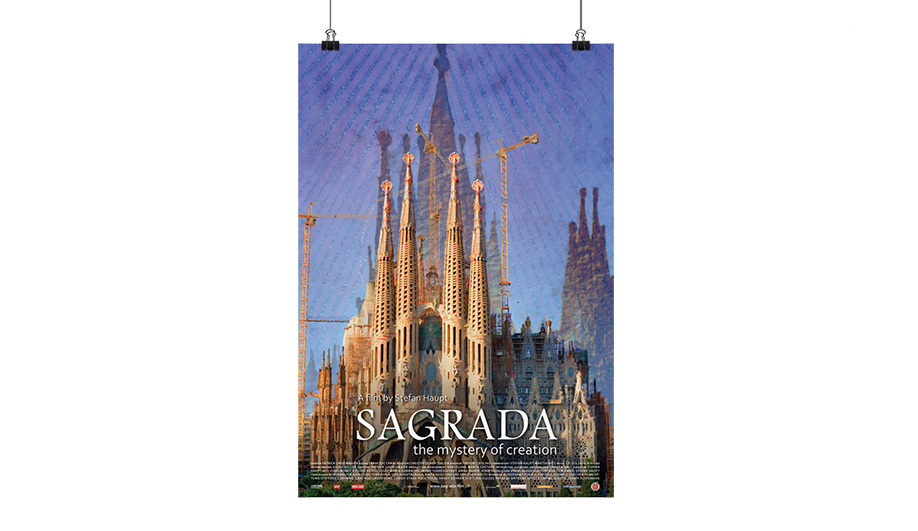
Sagrada: The Mystery of Creation
Documentary directed by Stefan Haupt
First Run Features (90 minutes)
It’s not often that buildings are completed on schedule, but Antoni Gaudí’s Sagrada Família stands in a class by itself. This documentary by First Run Features provides an of-the-moment perspective on the basilica, which has been under construction in Barcelona for over 130 years. The Sagrada Família was conceived to unite a community, but it has also linked generations of architects, artisans, builders and clergy – including the current contingent, whose stories are told in the film. These stakeholders continue to translate Gaudí’s intentions into reality, a process that has not stopped evolving since his death in 1926. In interviews with those who were left to fill in the blanks after the original models were destroyed during the Spanish Civil War, the enterprise frequently takes on musical connotations. The image that emerges is of a classical symphony: the intentions of the composer survive, but only as interpreted by others. By Erin Donnelly
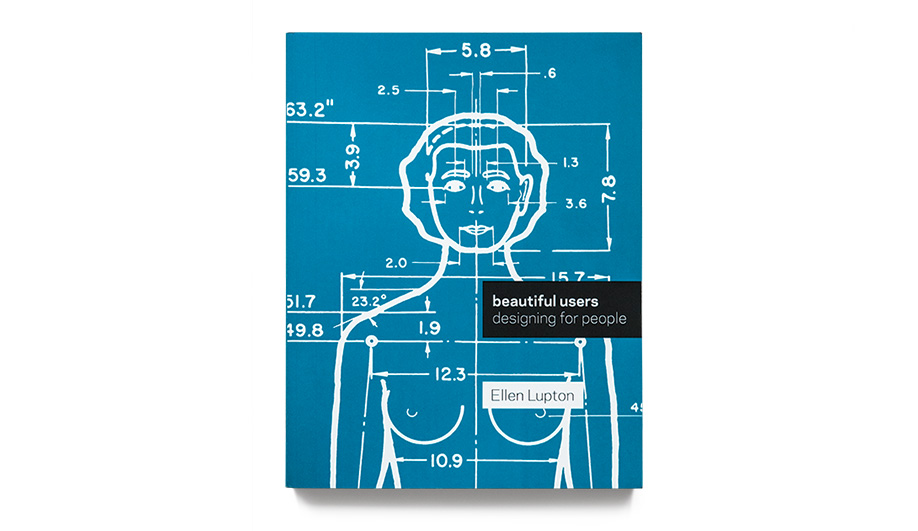
Beautiful Users: Designing for People
Book by Ellen Lupton
Princeton Architectural Press (paperback, 144 pages)
For evidence that user-centred design has come of age, look no further than Ellen Lupton’s accompaniment to the Cooper Hewitt’s first post-reno exhibition, on until April 26. Lupton condenses eight decades of ergonomic design clearly and succinctly, relying on a few well-illustrated examples to convey the movement’s key concepts, such as “affordance” – the ever-changing list of functions a given object is capable of performing (these terms are helpfully gathered in Tiffany Lambert’s glossary at the back of the book). The examples range from the eminently practical, such as Henry Dreyfuss’s once-ubiquitous Honeywell Round and Tony Fadell’s contemporary Nest thermostats, to experiments as esoteric as spaces designed for conjoined twins or an alien queen – leaving little doubt that user-centred design shapes everything we touch. Lupton does not assume that readers are familiar with designing for use, but even experts devoted to making functional objects will find original, invigorating ideas here. By David Dick‑Agnew




